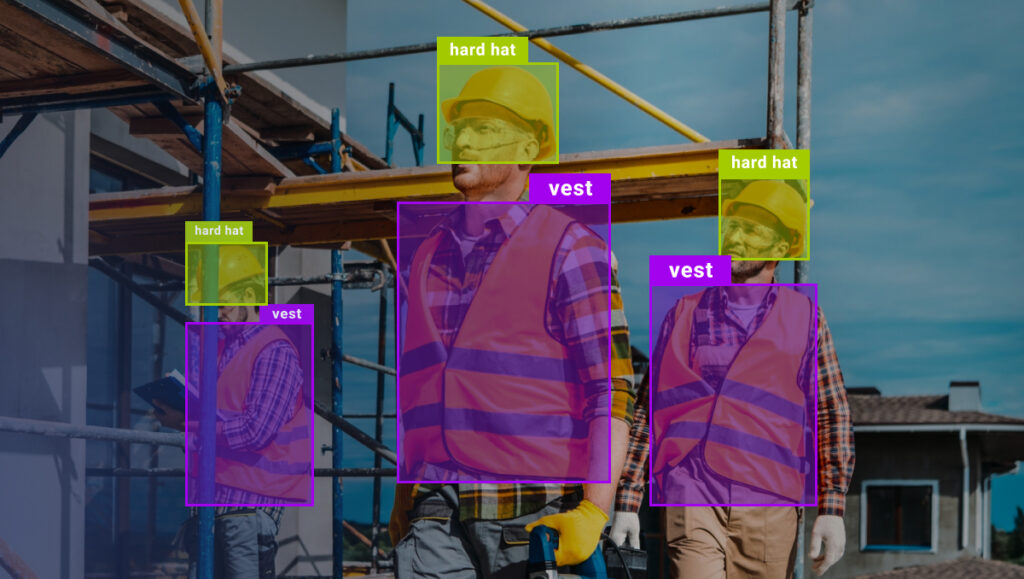As technology continues to evolve, the impact of AI on vehicle safety has become a focal point in the automotive industry. Innovations such as advanced driver-assistance systems (ADAS), machine learning algorithms, and real-time data analytics are revolutionizing how we approach road safety. In this article, we will delve into the latest advancements that are not only enhancing vehicle performance but also significantly reducing the risk of accidents. Understanding these innovations is crucial for anyone interested in the future of transportation and safety on the roads.
Throughout this exploration, readers will learn about the various AI-driven technologies that are currently being implemented in vehicles, including automatic emergency braking, lane-keeping assistance, and adaptive cruise control. We will also discuss how these systems work together to create a safer driving environment, ultimately leading to fewer collisions and improved overall safety. Additionally, we will highlight case studies and real-world applications that demonstrate the effectiveness of these innovations in enhancing vehicle safety.
Moreover, we will examine the challenges and ethical considerations that come with integrating AI into vehicle safety systems. As we navigate through the complexities of this technology, it is essential to understand both its potential and its limitations. Join us as we uncover the transformative impact of AI on vehicle safety and what the future holds for automotive technology. Stay tuned to discover how these innovations are shaping the way we drive and ensuring safer journeys for everyone on the road.
As artificial intelligence (AI) continues to evolve, its integration into the automotive industry is transforming vehicle safety. This article explores the latest innovations in AI that are enhancing safety measures in vehicles.
Advanced Driver Assistance Systems (ADAS)
Advanced Driver Assistance Systems (ADAS) are among the most significant innovations in vehicle safety, utilizing AI to assist drivers in various ways. These systems include features such as adaptive cruise control, lane-keeping assistance, and automatic emergency braking. By analyzing data from sensors and cameras, ADAS can detect potential hazards and provide real-time feedback to the driver, significantly reducing the risk of accidents.
Moreover, the continuous improvement of machine learning algorithms allows ADAS to learn from driving patterns and environmental conditions. This adaptability enhances the system’s ability to predict and respond to potential dangers, making driving safer for everyone on the road.
AI-Powered Collision Avoidance Systems
AI-powered collision avoidance systems are designed to prevent accidents before they occur. These systems use a combination of radar, cameras, and AI algorithms to monitor the vehicle’s surroundings. When a potential collision is detected, the system can automatically apply the brakes or steer the vehicle away from danger.
The effectiveness of these systems is continually improving as AI technology advances. By analyzing vast amounts of data from previous accidents, these systems can better understand the dynamics of collisions and enhance their predictive capabilities, ultimately leading to safer driving experiences.
Predictive Maintenance Using AI
Predictive maintenance is another area where AI is making a significant impact on vehicle safety. By analyzing data from various vehicle sensors, AI can predict when a component is likely to fail and alert the driver before a breakdown occurs. This proactive approach to maintenance helps prevent accidents caused by mechanical failures.
Additionally, predictive maintenance can optimize vehicle performance and longevity, ensuring that safety features remain functional. As a result, drivers can have greater confidence in their vehicles, knowing that they are less likely to encounter unexpected issues on the road.
Enhanced Vehicle-to-Everything (V2X) Communication
Vehicle-to-Everything (V2X) communication is a groundbreaking innovation that allows vehicles to communicate with each other and with infrastructure. AI plays a crucial role in processing the data exchanged between vehicles, traffic signals, and road conditions. This communication can provide drivers with real-time information about traffic patterns, potential hazards, and optimal routes.
By enhancing situational awareness, V2X communication can significantly reduce the likelihood of accidents. For instance, if a vehicle detects a sudden stop ahead, it can alert following vehicles, allowing them to react in time. This interconnectedness fosters a safer driving environment for all road users.
AI in Autonomous Vehicles
The development of autonomous vehicles represents a significant leap in vehicle safety, with AI at the forefront of this innovation. Autonomous vehicles rely on sophisticated AI algorithms to navigate and make decisions in real-time. By eliminating human error, which is a leading cause of accidents, these vehicles have the potential to drastically reduce road fatalities.
Furthermore, the continuous learning capabilities of AI allow autonomous vehicles to improve their performance over time. As they gather more data from various driving scenarios, they become better equipped to handle complex situations, enhancing overall safety on the roads.
AI-Driven Driver Monitoring Systems
Driver monitoring systems powered by AI are designed to assess a driver’s attentiveness and alertness. These systems use facial recognition and biometric sensors to detect signs of drowsiness or distraction. If the system identifies a potential risk, it can issue warnings or even take control of the vehicle if necessary.
By focusing on the driver’s behavior, these systems aim to prevent accidents caused by human error. As AI technology continues to advance, the accuracy and reliability of these monitoring systems are expected to improve, further enhancing vehicle safety.
Data Analytics for Safety Improvement
Data analytics plays a vital role in improving vehicle safety through AI. By analyzing data from various sources, including traffic patterns, accident reports, and vehicle performance, manufacturers can identify trends and areas for improvement. This information can inform the design of safer vehicles and the development of more effective safety features.
Moreover, data analytics can help in creating targeted safety campaigns and initiatives, addressing specific issues that contribute to accidents. By leveraging AI to analyze vast amounts of data, the automotive industry can make informed decisions that enhance overall road safety.
The Future of AI in Vehicle Safety
The future of AI in vehicle safety looks promising, with ongoing research and development aimed at creating even more advanced safety features. Innovations such as AI-enhanced traffic management systems and improved machine learning algorithms will continue to shape the automotive landscape.
As AI technology evolves, it is expected to play an increasingly integral role in ensuring vehicle safety. The potential for AI to reduce accidents and save lives is immense, making it a critical focus for the automotive industry moving forward.
This article explores the latest innovations in artificial intelligence (AI) that are enhancing vehicle safety.
| Innovation | Description | Impact on Safety |
|---|---|---|
| Advanced Driver Assistance Systems (ADAS) | Includes features like lane-keeping assist, adaptive cruise control, and automatic emergency braking. | Reduces the likelihood of accidents by providing real-time feedback and intervention. |
| Autonomous Vehicles | Self-driving technology that uses AI to navigate and make decisions without human input. | Potentially eliminates human error, which is a leading cause of accidents. |
| Predictive Maintenance | AI algorithms analyze vehicle data to predict and prevent mechanical failures. | Enhances safety by ensuring vehicles are in optimal condition before use. |
| Collision Avoidance Systems | Utilizes sensors and cameras to detect obstacles and prevent collisions. | Significantly lowers the risk of accidents in various driving conditions. |
| Driver Monitoring Systems | Monitors driver behavior and alerts them if they show signs of fatigue or distraction. | Helps maintain driver alertness, reducing the chances of accidents caused by impaired focus. |
| Vehicle-to-Everything (V2X) Communication | Enables vehicles to communicate with each other and infrastructure to improve traffic flow and safety. | Enhances situational awareness, allowing for proactive safety measures. |



